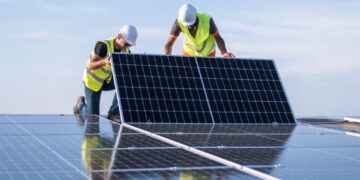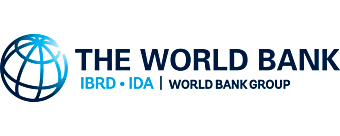The World Bank has commenced the process of evaluating Nigeria’s power sector recovery plans as part of requirements for $1 billion loan facility to revive the sector.
According to it, the PSRP, a comprehensive programme of policy, legal, regulatory, operational and financial interventions aimed at restoring service efficiency and long-term viability of the power sector, would be implemented through 2021.
The document added that it would also improve transparency, service delivery and re-establish investor confidence in the sector, and equally accelerate electricity access in the country, especially through off-grid public-private partnerships.
It explained that the global institution had assessed the level of progress Nigeria had recorded in implementing the first phases of the PSRP, following from similar high-level meetings both parties previously had in Abuja in December 2016 and in Washington during the 2017 World Bank and IMF Spring Meetings.
On the progress made by Nigeria so far with the PSRP, the bank said: “The federal government of Nigeria clarified progress made to date and next steps on key components of the PSRP. The federal government has prepared a financing plan to ensure financial sustainability of the power sector and included it in the Medium-Term Expenditure Framework and Fiscal Strategy Paper submitted to the National Assembly in October 2017.” The statement further noted that, “The financing plan will be monitored regularly and incorporate contingencies should the sector shortfall deviate from the base case assumptions until retail tariffs are adjusted in line with improved service delivery to attain cost recovery by 2021.”
The PSRP, it added, would have measures to contain costs and carefully manage contingent liabilities to ensure cost-reflective and affordable electricity tariffs. “In this context, it was agreed that existing generation infrastructure assets will need to be optimised before the sector assumes new financial obligations that could not be supported.
Furthermore, least cost planning for the interconnected grid system will be institutionalized and its governance arrangements elaborated in the PSRP,” it stated. Both parties equally noted that they would expect the programme to enjoy the support of all arms of government including the National Assembly.
On the possibility of a market restructuring, the statement said: “The parties agreed that the process of ‘Market Reset’, redefining the revenue requirement of the sector based on new performance parameters and detailed investment plans, will be implemented rigorously, transparently and in a highly consultative manner.”
It added that the ‘Market Reset’ would be led by the Nigerian Electricity Regulatory Agency (NERC), and that the government will respect the independence of the NERC to do this, while providing it sufficient resources to undertake its mandate. The statement further stated that the World Bank delegation was pleased with the progress of the country in implementing the early actions of the PSRP, adding: “The World Bank is committed to assisting the federal government with programme implementation working closely with the PSRP implementation monitoring team, which reports directly to the His Excellency, the Vice-President of Nigeria.”
“The World Bank will continue the preparation of the proposed $ 1 billion Performance Based Loan (PBL) to support the programme. The federal government and the World Bank Group agreed on the necessary next steps to present the PBL to the World Bank’s Board of Executive Directors for their consideration,” it explained. Similarly, the Senior Director for Energy and Extractive Industries at the World Bank, Riccardo Puliti, was quoted in the statement to have said: “The discussions we had with the government demonstrated that there is strong momentum in the power sector and government commitment to taking the critical next steps that will allow us to present the Performance-Based Loan to our Board of Executive Directors.”
Meanwhile, six of the 10 generation plants of the National Integrated Power Projects (NIPPs) appeared to have continued to enjoy good gas supplies, and have in this maintained some appreciable generation levels. Though the plants could not be said to operate at their best levels, records from the daily power sector report from the office of the vice president, indicated that gas supplies, which were before now a challenge to the plants are now getting to them.
For instance, between December 6, the Calabar, Sapele, Olorunsogo, Omotosho, Geregu and Ihovbor NIPP plants generated into the grid 285.95 megawatts (MW), 169.44MW, 194.99MW, 182.23MW, 123.31MW and 89.26MW respectively. The plants equally generated 258.47MW, 164.5MW, 189.71MW, 197.41MW, 121.41MW, 121.35MW, and 87.03MW on December 7.























